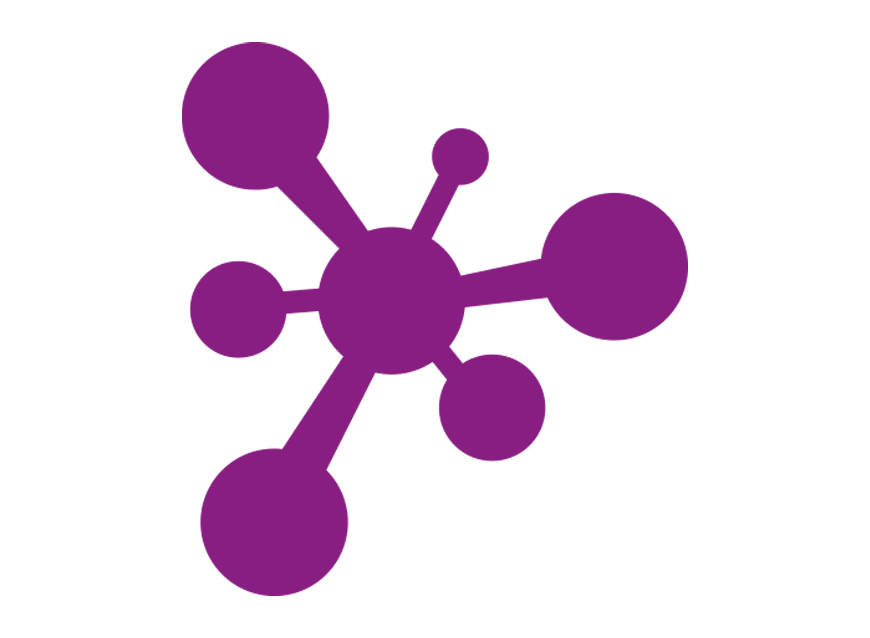|
Oncology
Haematology
|
Haematological malignancies (blood cancers) are the fifth most common cancer group in economically developed regions of the world. Traditionally, they are categorised by site according to whether cancer is first detected in the blood (leukaemias), lymph nodes (lymphomas – Hodgkin and non-Hodgkin) or bone (myelomas).1
Solid tumors make up the majority of malignancies2,3. They are mainly classified as carcinomas and sarcomas based on the type of cells they originate from. Solid tumors include common malignancies such as breast cancer, lung cancer and prostate cancer.
|

|
Oncology
Haematology
|
|
|
Haematological malignancies (blood cancers) are the fifth most common cancer group in economically developed regions of the world. Traditionally, they are categorised by site according to whether cancer is first detected in the blood (leukaemias), lymph nodes (lymphomas – Hodgkin and non-Hodgkin) or bone (myelomas).1
Solid tumors make up the majority of malignancies2,3. They are mainly classified as carcinomas and sarcomas based on the type of cells they originate from. Solid tumors include common malignancies such as breast cancer, lung cancer and prostate cancer.
|
|

Great advances in science have brought a revolution in cancer care. Survival rates are improving, and so is the quality of life of patients5.
4. https://www.cancerresearchuk.org/
5. https://www.worldwidecancerresearch.org/
| Advanced / Metastatic | |
 |
Breast Cancer
Breast cancer is the most common malignancy in women1.
In 2020, the estimated incidence was 355,457 cases in EU-27 and 7,772 cases in Greece2. Approximately 1 in 11 women in the EU-27 will develop breast cancer before the age of 742. |
 |
|
| Advanced / Metastatic | |
|
Breast Cancer
Breast cancer is the most common malignancy in women1.
In 2020, the estimated incidence was 355,457 cases in EU-27 and 7,772 cases in Greece2. Approximately 1 in 11 women in the EU-27 will develop breast cancer before the age of 742. Read More |
|
| Multiple | |
|
myeloma
Multiple myeloma is a neoplastic disease of plasma cells, a type of white blood cell that normally produces antibodies1.
Multiple myeloma accounts for 1%-1.8% of all malignancies2 and 10% of all hematological malignancies1. Read More |
|
| Diffuse Large | |
|
B-Cell Lymphoma (DLBCL)
DLBCL is the most common type of high-grade non-Hodgkin lymphoma, with nearly half of all cases of high-grade non-Hodgkin lymphoma being DLBCL1.
Read More
|
|
| Mantle cell | |
|
lymphoma
Mantle cell lymphoma is a rare hematologic malignancy classified among non-Hodgkin lymphomas (NHL). It represents approximately 4% of all cancers and accounts for 3-10% of all NHL cases, making it an atypical form of NHL. The annual incidence is 0.5-1 new case per 100,000 population1.
Although the disease is more common in men over 60 years old, it can be diagnosed in women and individuals of all ages2. Read More |
|
| High risk | |
 |
Neuroblastoma
Neuroblastoma is the most common extracranial solid tumor of childhood. In approximately 90% of cases, the diagnosis is made at an age younger than 5 years, with a median age of diagnosis at 17 months1.
|
 |
|
| High risk | |
|
Neuroblastoma
Neuroblastoma is the most common extracranial solid tumor of childhood. In approximately 90% of cases, the diagnosis is made at an age younger than 5 years, with a median age of diagnosis at 17 months1.
Read More
|
|
| Castleman’s | |
|
Disease
Castleman’s disease is a rare disorder that shares common lymph node histological features. There are two clinical entities described: unicentric, involving a single lymph node, and multicentric, characterized by generalized lymphadenopathy and a more aggressive clinical course1.
Although the etiology of multicentric disease is unknown, interleukin-6 (IL-6) is a confirmed risk factor for the disease in approximately one-third of patients2. Read More |
|
| Blastic Plasmacytoid | |
|
Dendritic
Cell Neoplasm (BPDCN)
BPDCN is a rare hematological cancer that belongs to the category of acute myeloid leukemias and related neoplasms1. It represents 0.44% of new hematological malignancies each year, which means a prevalence of 0.04 new patients per 100,000 population, thus approximately 700 new patients in the United States and about 1,000 new patients in Europe2.
Read More
|
|
| Ototoxicity | |
 |
in Oncology Patients
Cisplatin is a fundamental therapeutic agent for the treatment of various pediatric solid malignancies, leading to increased survival in these patient1.
This therapeutic agent can lead to ototoxicity, which may manifest as hearing loss, ringing in the ears (tinnitus), and/or dizziness2. |
 |
|
| Ototoxicity | |
|
in Oncology
Patients
Cisplatin is a fundamental therapeutic agent for the treatment of various pediatric solid malignancies, leading to increased survival in these patients1.
This therapeutic agent can lead to ototoxicity, which may manifest as hearing loss, ringing in the ears (tinnitus), and/or dizziness2. Read More |
|
This information is intended for public awareness purposes only and, under no circumstances, can it replace the advice of a doctor or another qualified healthcare professional.



